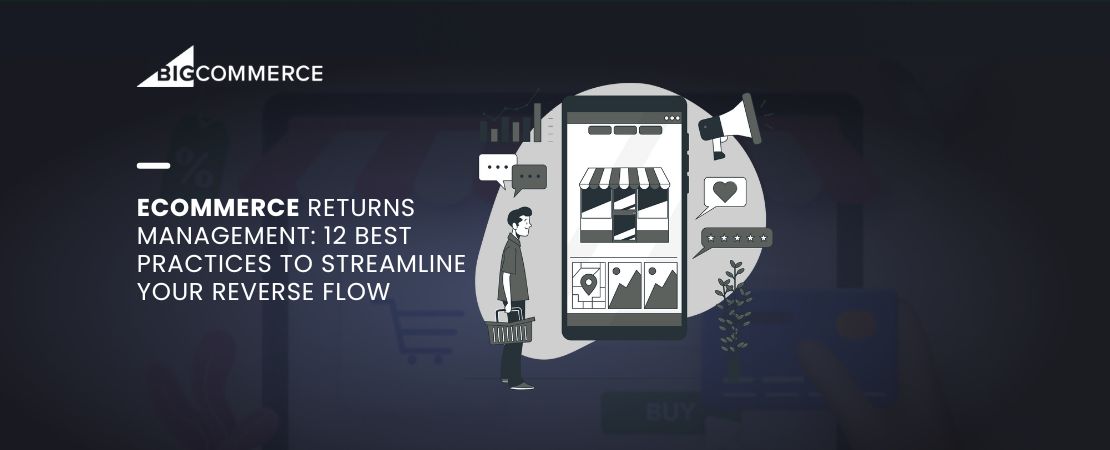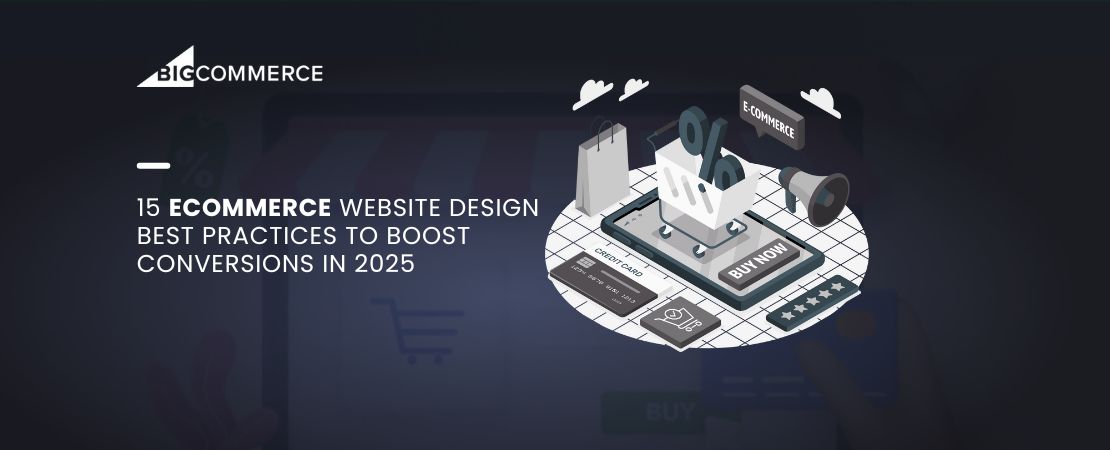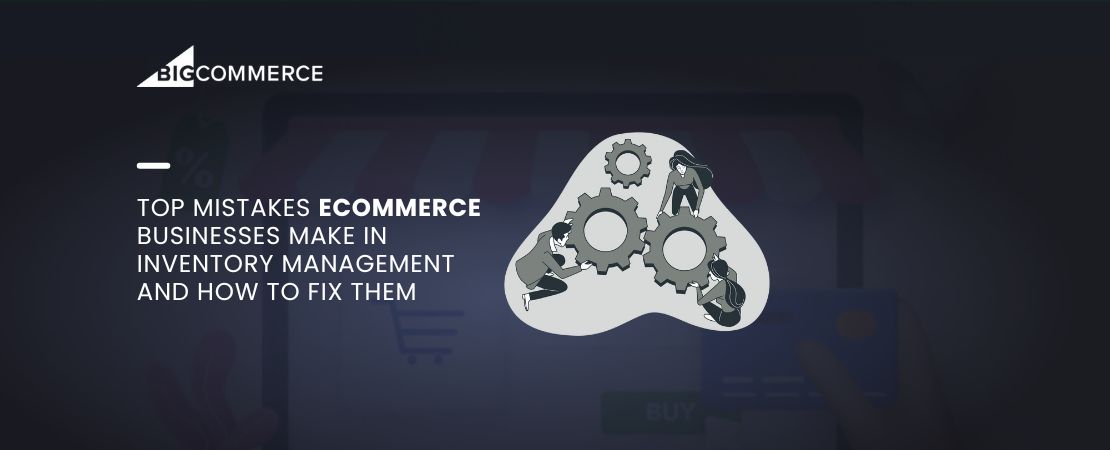As businesses grow and evolve, it’s not uncommon for them to outgrow their current eCommerce platform. Limited functionality, scalability issues, or the need for new features, migrating to a new platform can provide the solutions you need to take your business to the next level.
In this post, we’ll provide comprehensive coverage of the various options and types of eCommerce platform migration. From self-hosted to cloud-based solutions and from open-source to proprietary platforms, we’ll discuss the pros and cons of each option to help you make an informed decision.
Knowing That You Need Migration
Understanding the need for migration before embarking on the journey of migrating to a new platform and assessing whether the change is necessary is crucial to ensuring successful ecommerce replatforming. The most common indicators of migration include performance limitations, scalability issues, technological advancements, and cost efficiency.
Performance Limitations
Common examples of limited performance include:
- Customers abandoning carts due to sluggish websites.
- Platforms crash during peak hours, resulting in lost sales.
- Platforms unable to handle a growing product library.
- Customers are unable to find the products they’re looking for.
Scalability
Common examples of scalability issues include:
- The eCommerce platform struggles to keep up with order volume and a growing customer base.
- The platform is inflexible and not customizable. eCommerce platforms need to be dynamic to adapt to changes in demand.
- The platform doesn’t integrate business systems (inventory management, CRMs)
Technology
Common examples of technological limitations include:
- Competitors offering more features and functionality compared to your platform
- Using an outdated platform with slow functionality and weak security
- Lacking a mobile-friendly website, missing out on sales from mobile devices.
Cost Inefficiencies
Common examples of cost inefficiencies include:
- Hidden fees and ongoing eCommerce platforms eating into your profits
- Expensive and complex maintenance with your existing eCommerce platform
- The platform needs manual work, causing a loss in revenue and time.
If your business suffers from similar issues, it’s time to migrate to a different eCommerce platform. This next section addresses the considerations before moving to another eCommerce platform.
Considerations Before Migrating to another eCommerce platform
Migrating to a new eCommerce platform is exciting but a technical process that must be done correctly. You want a smooth transition from one platform to another because the future of your store hinges on how well you’ve planned it all out. The most important considerations to make before migrating include:
Data Security and Privacy
Business owners must protect customer information (names, addresses, payment details) at all costs during migration. A data breach can be catastrophic, so ensure it is transferred safely. Pick a migration strategy that uses robust security protocols when data is transferred. After data is transferred, ensure it is accurate and complete.
SEO Plan
A solid SEO strategy ensures your website ranks well in search engine results. Updated product descriptions, relevant meta tags, and high-quality content improve optimization. SEO is a constant effort that requires you to constantly update your website to remain content. Track your SEO performance and any changes once you’ve successfully migrated your store to the new platform.
Customer Experience
A happy customer is a returning customer, and you must ensure all customers are happy. Plan for downtime during the migration process so customers aren’t affected. Plan the grunt of the work when there is the most minor traffic.
Additionally, it informs customers about disruptions and that the website is changing. After changes are made, test everything a few times to ensure it runs as it should.
Overview of eCommerce Platforms
There are several eCommerce platforms, and picking the right one for your business is imperative. This section overviews different platform types and discusses popular eCommerce platforms.
eCommerce Platform Types
There are two eCommerce platform types to choose from: Hosted and Self-hosted.
Hosted
A hosted eCommerce platform is more accessible to build and use. It also receives automatic software updates and uses a scalable infrastructure. These are great options for small businesses and first-time digital entrepreneurs.
However, hosted eCommerce platforms offer limited personalization, often have vendor lock-in, and several additional transaction fees that cut into your profits. Shopify and BigCommerce are the leading examples of this.
Self-Hosted
A Self-hosted eCommerce platform is incredibly customizable out of the box. Store owners have control over all data and security with no vendor lock-in. However, self-hosted eCommerce platforms require technical experience to set up and operate.
This comes at an additional cost for development and hosting, among other things. Magento and WooCommerce are the best examples of this.
Hosted vs. Self-hosted – Which Is Better?
| Hosted |
Self-hosted |
| Less flexibility but easier to build | Extensive flexibility but requires technical expertise |
| Offers proprietary security features | Businesses must ensure security |
| Determined monthly fees |
Varying costs depending on software, hosting, and potential scalability |
The Best eCommerce Platforms to pick from
The four most established eCommerce platforms include:
Shopify
The most commonly used of the bunch, Shopify’s user-friendly interface and large app store, combined with marketing tools, make it an excellent choice for first-time businesses. If they want a simple, quick, and easy set-up, Shopify is the way to go.
Magento
Now Adobe Commerce, Magento is a compelling B2B eCommerce platform. It comes with extensive customization and integrations. However, building a store using Magento requires technical expertise and isn’t something anyone can just do.
WooCommerce
WooCommerce is a free plugin for your WordPress website that allows you to convert it to an online store. It is ideal for small and medium WordPress businesses that want a cost-effective solution.
BigCommerce
With BigCommerce, users can balance ease of use with scalability. It is perfect for mid-size businesses that need scalable platforms with limited technical experience. They have a running business and just want a simple and effective solution to have a decent eCommerce website.
Migration: Step-By-Step
Migrating to a new eCommerce platform is a complex procedure. For a seamless transition, you must have a plan, a chosen service provider, clean execution, and testing criteria. Here are the different steps involved:
Planning The Migration
Start with clearly defined goals of what you hope to achieve with said migration. Do you want to improve store performance? Scale your business? Or do you want to add new features? Create a migration checklist containing every step, from data transfer to website testing. Additionally, you must decide which data needs to be migrated (products, orders, content, and customers).
Executing The Migration
After picking a new platform, it’s time to migrate. The steps involved in migrating include:
- Extracting data from the old platform and converting it to a format for the new platform
- Building on the new platform according to requirements, including functionality, design, and integrations
- Migrating all cleansed data to the new platform ensures the process is safe and preserves data integrity.
- Migrating content (product descriptions, blog posts) and other content onto the platform and adjusting it for the best presentation.
- After everything is in place, you need to test each feature to ensure it’s working properly. Check user experience, checkout process, shopping carts, and payments. Only deploy the store once everything is working correctly.
Conclusion
The process of migrating an eCommerce platform is a critical decision that requires careful consideration of various options and types available in the market. Whether opting for a self-hosted solution for greater control or a cloud-based platform for scalability, businesses must prioritize their unique needs and long-term goals to ensure a successful transition.
Businesses can leverage this opportunity to enhance their online presence, improve customer experience, and drive growth by exploring the diverse options and types of eCommerce platform migrations. With a strategic approach and thorough evaluation of the available choices, organizations can navigate the migration process effectively, setting the stage for increased efficiency, flexibility, and competitiveness in the dynamic eCommerce landscape.



